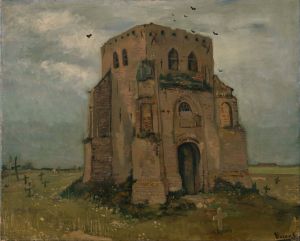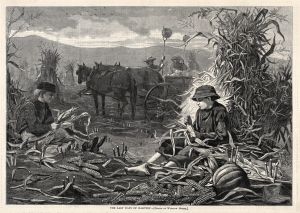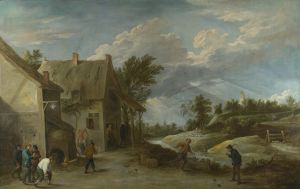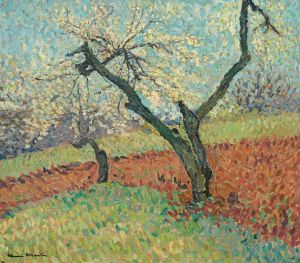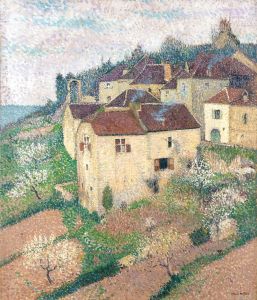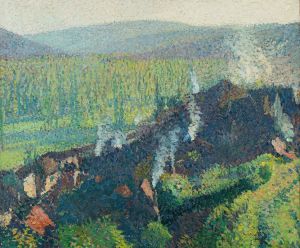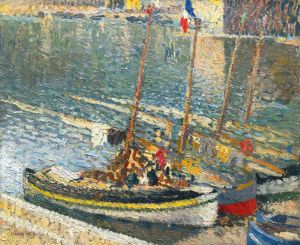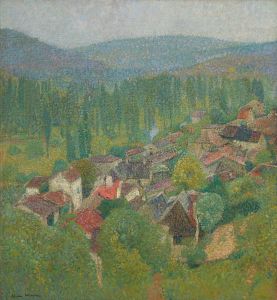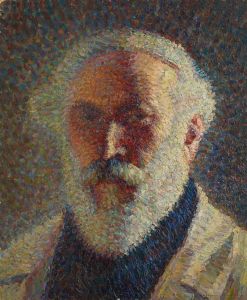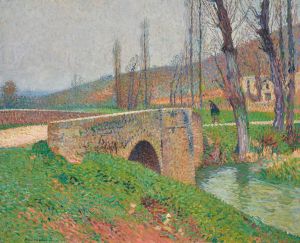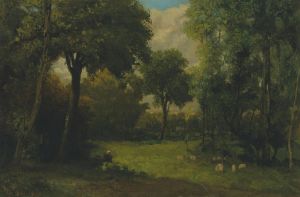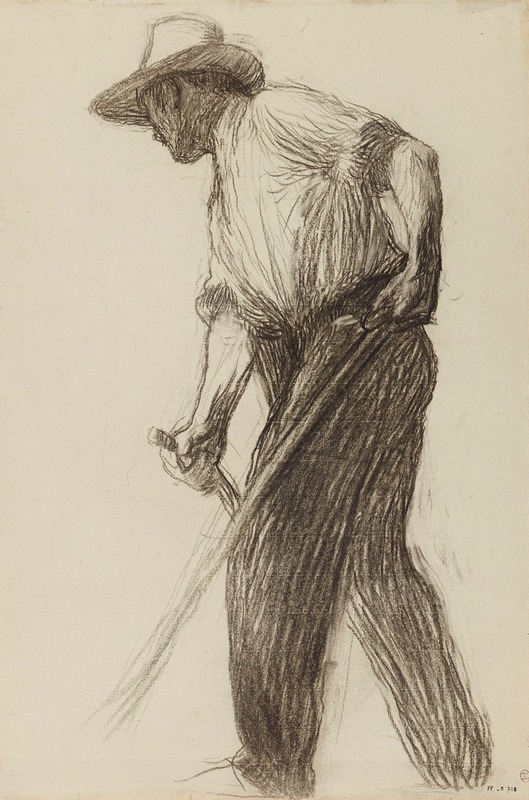
Le faucheur
A hand-painted replica of Henri Martin’s masterpiece Le faucheur, meticulously crafted by professional artists to capture the true essence of the original. Each piece is created with museum-quality canvas and rare mineral pigments, carefully painted by experienced artists with delicate brushstrokes and rich, layered colors to perfectly recreate the texture of the original artwork. Unlike machine-printed reproductions, this hand-painted version brings the painting to life, infused with the artist’s emotions and skill in every stroke. Whether for personal collection or home decoration, it instantly elevates the artistic atmosphere of any space.
Henri Martin was a prominent French painter known for his contributions to the Post-Impressionist movement. Born on August 5, 1860, in Toulouse, France, Martin developed a distinctive style characterized by his use of vibrant colors and pointillist technique, which he applied to a variety of subjects, including landscapes, portraits, and scenes of rural life. One of his notable works is "Le faucheur" (The Reaper), which exemplifies his artistic approach and thematic interests.
"Le faucheur" is a painting that captures the essence of rural labor, a theme that Martin frequently explored in his work. The painting depicts a solitary figure engaged in the act of reaping, a common agricultural activity. Martin's choice of subject reflects his fascination with the simplicity and authenticity of rural life, a theme that resonated with many artists of his time who sought to capture the changing landscape of France during the late 19th and early 20th centuries.
In "Le faucheur," Martin employs his signature pointillist technique, a method characterized by the application of small, distinct dots of color that blend together when viewed from a distance. This technique, which was pioneered by artists such as Georges Seurat, allows Martin to create a sense of luminosity and movement within the painting. The use of vibrant colors and meticulous brushwork in "Le faucheur" highlights Martin's ability to convey the natural beauty of the rural environment and the dignity of the laborer.
The composition of "Le faucheur" is carefully constructed to draw the viewer's attention to the central figure of the reaper. The figure is positioned in the foreground, dominating the scene, while the background features a landscape bathed in sunlight. Martin's use of light and shadow adds depth to the painting, creating a dynamic interplay between the figure and the surrounding environment. The reaper's posture and expression suggest a sense of focus and determination, capturing the physicality and rhythm of manual labor.
Henri Martin's work, including "Le faucheur," is often associated with the broader Symbolist movement, which sought to convey deeper meanings and emotions through art. While Martin's paintings are grounded in the real world, they often evoke a sense of timelessness and introspection, inviting viewers to contemplate the relationship between humanity and nature.
Throughout his career, Martin received numerous accolades for his contributions to the art world. He was awarded the prestigious Prix de Rome in 1885, which allowed him to study in Italy and further develop his artistic skills. Martin's work was also exhibited in major galleries and exhibitions, earning him recognition as one of the leading artists of his generation.
Today, Henri Martin's paintings, including "Le faucheur," are held in high regard and can be found in various public and private collections. His work continues to be celebrated for its technical mastery and its ability to capture the beauty and complexity of the world around us. "Le faucheur" remains a testament to Martin's enduring legacy as an artist who skillfully bridged the gap between Impressionism and Symbolism, leaving a lasting impact on the art world.







